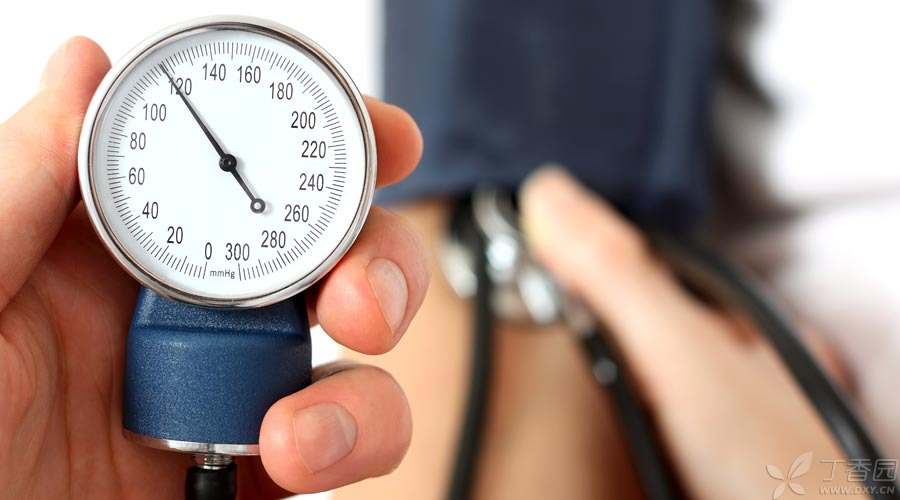
The harm of hypertension to human body has been widely recognized by people. Complications such as stroke, myocardial infarction and heart failure caused by this most common chronic disease not only cause disability and high mortality, At present, various methods and drugs for controlling hypertension emerge one after another, but this is not the focus of this article. This article just wants to talk about a more basic problem than controlling blood pressure: how to measure blood pressure correctly?
I. Three Methods of Measuring Blood Pressure
At present, clinic blood pressure, ambulatory blood pressure and family blood pressure are mainly used in clinical and population prevention work.
1. Clinic Blood Pressure
The clinic blood pressure (CBP) uses mercury sphygmomanometer, which is the standard method and main basis for evaluating blood pressure level, clinical diagnosis and classification of hypertension, but has the highest requirements for users.
2. Ambulatory blood pressure
Ambulatory blood pressure (ABPM) uses ambulatory blood pressure monitor. Although it has the functions of monitoring blood pressure all day and evaluating antihypertensive efficacy, it is not widely used in clinic due to the problems of price and reliability.
3. Family Blood Pressure
The family blood pressure (HBP) is also called self blood pressure measurement (SBPM), which is measured by an upper arm type full-automatic or semi-automatic electronic sphygmomanometer. Although it is convenient to use, due to the limitation of accuracy, it is generally only used for long-term hypertension monitoring and auxiliary antihypertensive effect evaluation, and cannot completely replace the blood pressure in the clinic.
Second, measure the correct posture of blood pressure in the clinic,
Each method of measuring blood pressure has certain requirements and conditions. Otherwise, it is likely to deviate from the real blood pressure value. Especially the clinic blood pressure measured by mercury sphygmomanometer, The operation requirements for the surveyor are the highest and strictest. Although this method is the most commonly used, it is also the most easily mistaken. Users, including many clinicians, use mercury sphygmomanometers at will, seriously affecting the accuracy and reliability of blood pressure monitoring.
1. Cuff Specifications
At present, the common specifications of the air bag of the domestic commercial mercury sphygmomanometer are 22 cm long and 12 cm wide. Although it can meet the needs of most people, the specifications of the air bag cuff should be adjusted when measuring obese people or children.
2. Subject posture
According to the requirements of < < Guidelines for the Prevention and Treatment of Hypertension in China > >, when using mercury sphygmomanometer, the subject takes the sitting position, preferably with his back against the seat and bare his upper arm so that his upper arm and heart are in the same horizontal position.
3. Placement of balloon and stethoscope
The balloon cuff covers at least 80% of the upper arm. The lower edge of the cuff should be 2.5 cm above the elbow bend. The probe of the stethoscope should be placed at the brachial artery pulsation (i.e. The place where blood vessel pulsation can be felt near the medial side of the elbow joint).
At present, many people will plug the probe directly under the cuff in order to save trouble, but it is actually wrong to do so.
Some studies have shown that placing the probe in the cuff may lower the blood pressure measurement values of some hypertensive patients and normal people. The source of this conclusion is Guo Xinsheng’s “Re-discussion of Blood Pressure Measurement Methods” published in November 2011, Volume 4, Month 11B, Clinical Rational Drug Use.
Step 4 Fast inflation
When measuring blood pressure with mercury sphygmomanometer, you should inflate it quickly until you can’t hear brachial artery pulsation, then increase it by about 30 mmHg, and then slowly deflate it at a constant rate.
Step 5 Bleeding and reading
In the process of deflation, Originally compressed blood vessels will gradually resume blood flow due to the reduction of pressure, At this time, the first sound of blood flowing through can be heard (this is called the first phase of Korkoff sound). The corresponding blood pressure is systolic blood pressure (SBP). Then the blood vessels gradually recover, and the sound of blood flow impacting the blood vessels will go through a process from weak to strong and then to weak. At the moment when the brachial artery pulsation sound disappears (phase V of Korkoff sound), the corresponding blood pressure is diastolic blood pressure (DBP).
Attention should also be paid to the reading. Due to the scale, the reading using mercury sphygmomanometer can only be even but not odd.
Three, blood pressure measurement also pay attention to what?
There are many factors that can affect blood pressure. A cup of coffee, a sprint, a movie and even holding hands with your sweetheart can cause blood pressure to rise. However, this is normal physical manifestation and cannot be easily diagnosed as [hypertension].
Clinically, there have even been patients who are too nervous to raise their blood pressure when seeing doctors take their blood pressure, which is called “white coat hypertension”.
In order to avoid these interferences, you should rest quietly for 5 minutes before taking blood pressure measurement, prohibit smoking or drinking coffee and tea for 30 minutes before measurement, and it is better to go to the toilet again to empty the bladder.
The second measurement shall be made at an interval of 1 to 2 minutes after the end of the first measurement, and the average of the 2 readings shall be taken for recording. If the difference between the two measurements exceeds 5 mmHg, the measurement shall be made again, and the average of the 3 readings shall be taken for recording.
Editor: Ding Ruoshui
Author: Dr. Li
Copyright of Clove Garden. No reprinting is allowed without permission.
